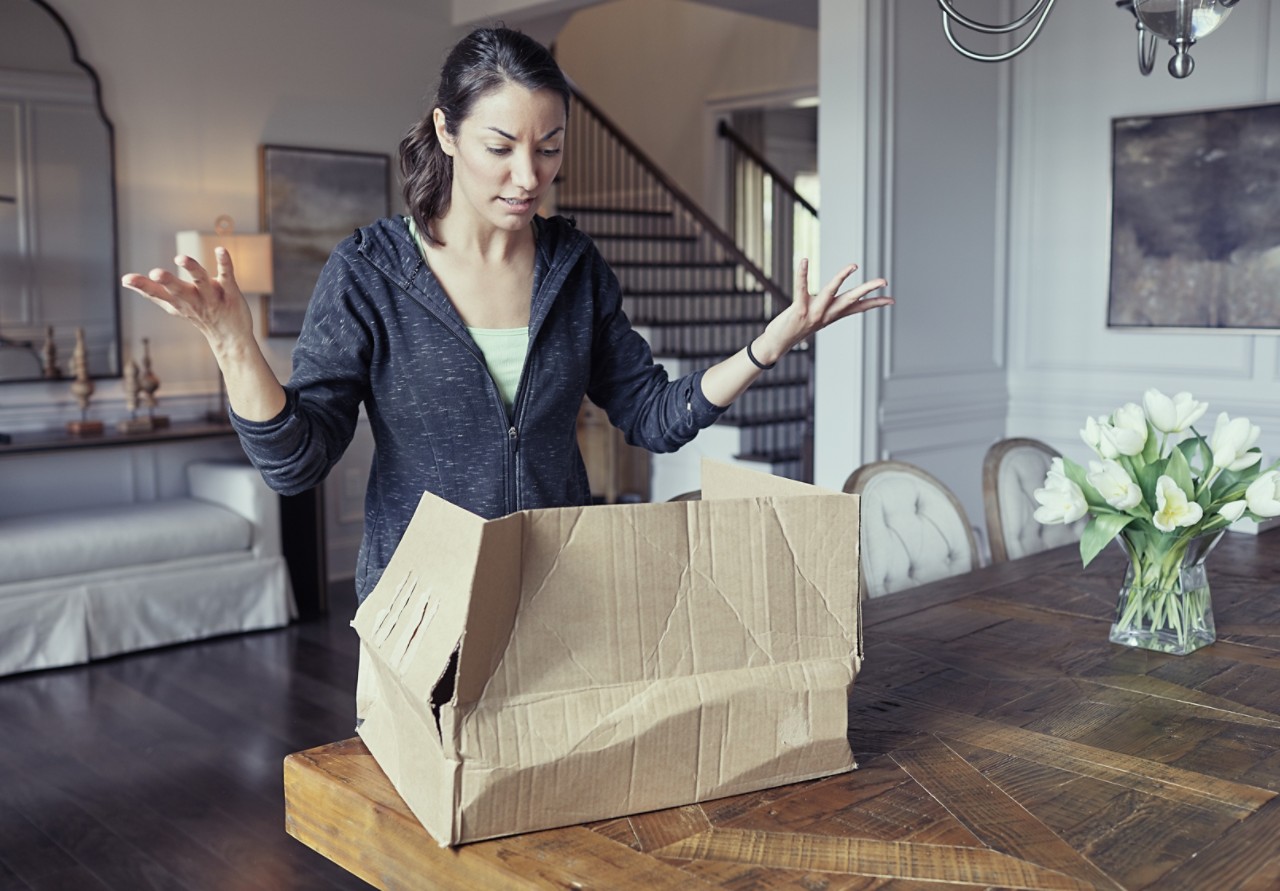Europe, Middle East, Africa (EMEA)
Asia Pacific (APAC)
Americas (AM)
- Bag-in-Box
- Barrier Bags
- Bulk liners (IBC)
- Chub Packaging
- Dispensers and Taps
- Dispensing Pouches
- Easy-Open Shrink Bags
- Form-Fill-Seal Films
- Forming Webs
- Infeeds and Conveyors
- Lid Films
- Non-Barrier Bags
- Non-Forming Webs
- Overwrap Films
- Plastic Bottles
- Pre-Opened Bags
- Preformed Food Trays
- Tea Urn Liners
- Vacuum Skin Packaging
- Form-Fill-Seal Equipment
- Bubble Bags
- Bubble Bundles
- Fabricated Foams
- Films, Bags, and Pouches
- Flooring Underlayment
- Inflatable Pillows
- Inflatable Cushioning
- Inflatable Pouches
- Korrvu® Suspension and Retention
- Light Cushioning
- Mailers
- Paper Pack Station Solutions
- Paper Wrapping Solutions
- Performance Inflatables
- Recycled Bubble
- Recycled Content Inflatable Air Pillows
- Recycled Inflatable Cushioning
- Shrink Films
- Surface Protection Foams
- Temperature Assurance Liners, Bags & PUR
- AUTOBAG® Brand Certified Rebuilt Equipment
- AutoLabel Thermal Transfer Ribbon
- Automated Mailers
- Bagging and Printing Systems
- Bagging Systems
- Cartoning Systems
- Conveyors, Counters, and Scales
- Inflator Systems
- Instapak® Expanding Foam Bags and Equipment
- Paper Systems
- Printers
- Shrink Systems
- Side Pouch Systems
- Advanced Customer Training
- AUTOBAG® Product Resource Library
- AutoLabel Software Tools and Support
- Customer Service
- Custom Bagging Machine Applications
- Custom Engineering and Integrated Systems
- Factory Service Repair Center
- Field Service and Preventive Maintenance
- Financing and Payment Options
- Graphics, Art & Imaging for Custom Branded Bag Packaging
- Systems Advantage: The Total Systems Approach to Bag Packaging
- Technical Phone Support

The True Cost of Damage: Understanding the Sustainability Impact of E-Commerce Packaging
In a recent story about the quarterly earnings of a major U.S. retailer, losses from damaged goods were lumped in the same financial earnings/loss bucket as retail shrinkage and theft.
This type of financial reporting is not surprising, as it has long been true that there’s a certain amount of damage loss companies find acceptable. It can be anywhere from two to eight percent, but every business in every industry manages to find its own “acceptable” damage rate.
The Damage Drain: Permissible or Preventable?
Companies use a host of tools and processes to keep damage rates at an acceptable level such as quality control checks and returns tracking reports. They keep an eye out for spikes that indicate a problem, and the rest of the damage is just written off as a loss. It’s the “cost of doing business,” many companies say.
At Sealed Air, we’re in the business of protective packaging. We invented Bubble Wrap® 60 years ago and have been solving the problem of preventing damaged goods ever since. We believe companies shouldn’t consider any damage rate as acceptable. Damage reduction can and should be improved to retain customers and minimize costly returns.
But preventing damage during shipments isn't just a better business decision, it's a sustainability imperative. The problem is almost no one is looking at it as one.

More often than not, if and when a retailer decides to look for sustainability gains inside the shipping cycle, they’re almost always looking at the recyclability of the packaging. They’re only concentrating on actions such as swapping plastic air pillows for materials that can be tossed directly into recycling bins.
But here’s the thing, manufacturing and disposing of the packaging materials accounts for just five percent of the environmental impact of the shipping. So even if a retailer discovered a packaging material that was “carbon neutral” and was recycled 100 percent of the time (just because a material is recyclable doesn’t mean it’s recycled) at best, they would only improve the environmental footprint of its shipping cycle by five percent.
Forty-eight percent (almost half of the total environmental cost of shipping) comes from damage, and that’s assuming a damage rate of just one percent, which most would deem outstanding.
Even with a one percent damage rate, the impact of that damage still represents 48 percent of the environmental impact associated with shipping.
If you're a retailer looking at the fulfillment process as a place to reduce environmental impact where should you start? In the five percent impact of interior packaging materials? Or would you work on getting the damage rate below one percent? Would you stop thinking one percent is acceptable?
Yes, materials that are easily disposable matter. And the sustainability values of a company are clearly conveyed by the materials used to deliver goods. These are conversations we must continue to have and solutions we must continue to innovate.
Beyond the Recycle Bin: Getting Consumers to See the Bigger Picture
But those of us who have expertise in the challenges of the fulfillment journey also have a duty to educate consumers on why certain packaging materials are chosen over others. The true sustainability impact doesn't come from whether or not it's made of recycled material or if it can be recycled curbside, it lies in the ability to eliminate the risk of damage and eliminate the risk of that item doubling, tripling or even quadrupling its environmental footprint.
Being “recyclable” isn't a silver bullet. We aren’t going to be able to recycle our way out of the environmental problems that e-commerce creates.
Making more products recyclable is a big step, but those solutions should also require less energy to produce, fewer trucks for transport, less fuel for the trucks and more recyclability at end of life.
This is a complex issue, and at a time when there is enormous (and justified) consumer pressure on plastics, it is a nuanced conversation to have with businesses and consumers alike.
Sealed Air’s goal as a fulfillment expert is to help brands, retailers and consumers understand that ensuring an item is delivered undamaged, using materials that were sourced, created and applied using the least amount of waste and energy is what will lead to truly sustainable outcomes.